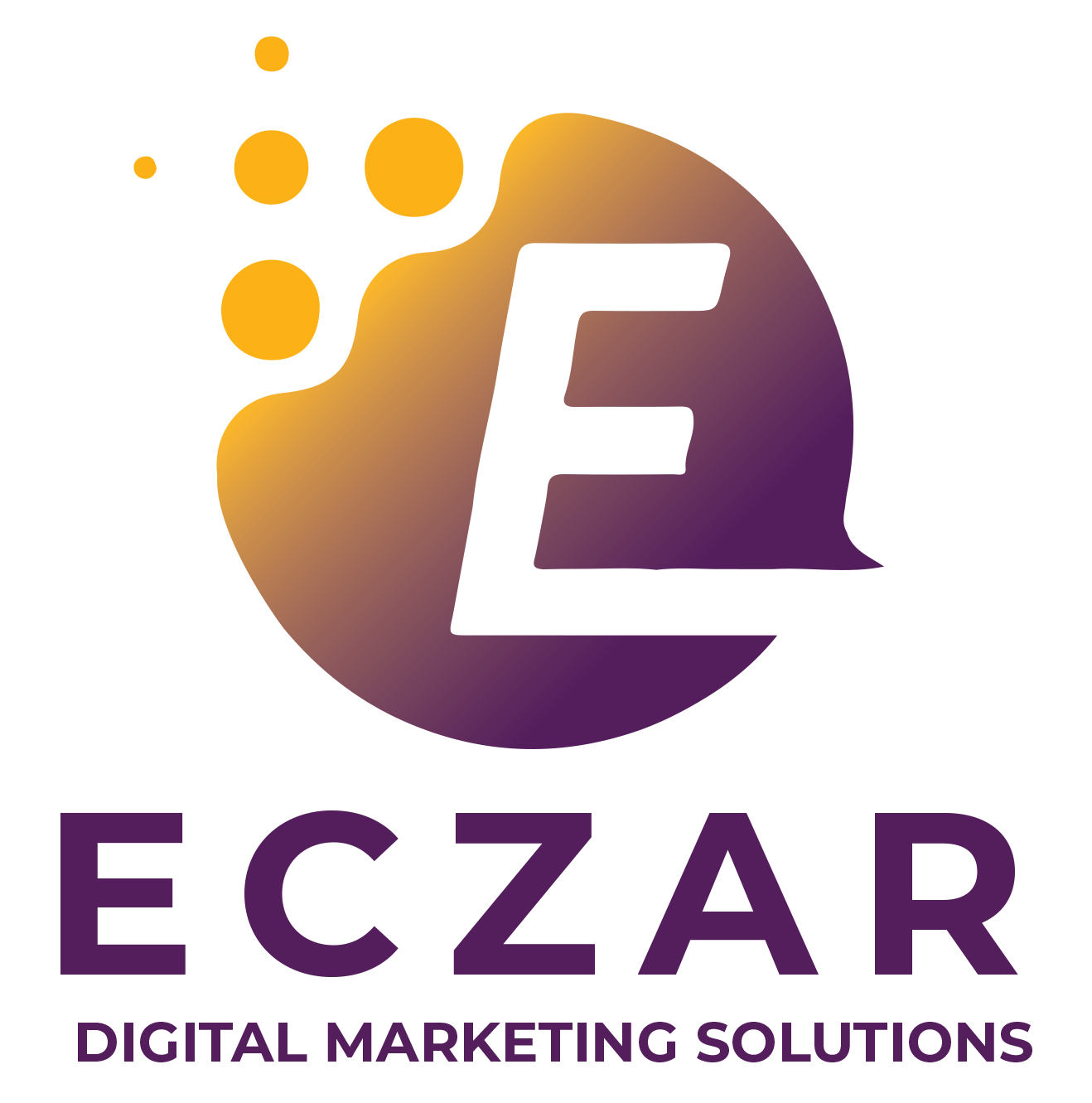Best 2023 Facebook Ads Strategy
 As we move into 2023, Facebook continues to be a powerful advertising platform for businesses of all sizes. With over 2 billion monthly active users, it offers a vast audience for businesses to reach and engage with. However, with so many businesses utilizing the platform, it can be challenging to stand out and effectively reach your target audience. Here are some of the best strategies for creating successful Facebook ads in 2023.
As we move into 2023, Facebook continues to be a powerful advertising platform for businesses of all sizes. With over 2 billion monthly active users, it offers a vast audience for businesses to reach and engage with. However, with so many businesses utilizing the platform, it can be challenging to stand out and effectively reach your target audience. Here are some of the best strategies for creating successful Facebook ads in 2023.
Utilize Facebook’s audience targeting options. One of the most powerful features of Facebook advertising is the ability to target specific audiences based on demographics, interests, behaviors, and even custom audiences. By carefully selecting your target audience, you can ensure that your ads are reaching the people most likely to convert.
Test different ad formats. Facebook offers a variety of ad formats, including image and video ads, carousel ads, and even augmented reality ads. Experiment with different formats to see which ones perform best for your business. Use persuasive language and visuals in your ad copy and design. Strong headlines, clear calls to action, and visually appealing graphics are all key to creating effective Facebook ads.
Take advantage of retargeting. Retargeting allows you to show ads to people who have previously interacted with your business, whether that be through your website or a previous Facebook ad. This can be a powerful way to convert leads into customers.
Make use of the Facebook Pixel. The Facebook Pixel is a powerful tool that allows you to track the actions people take on your website after clicking on your Facebook ad. Use this data to optimize your ads and improve ROI.
Keep an eye on ad placement. Facebook allows you to choose where your ads appear, whether that be in the news feed, the right-hand column, or in stories. Try different placements to see which ones perform best for your business.
Use A/B testing. A/B testing allows you to compare the performance of two different ad variations. This can be a useful way to optimize your ad copy, images, and targeting options.
Utilize video ads, they have a higher engagement rate than image ads. Short videos that are less than a minute long have the most impact on the audience.
Utilize the Facebook Marketplace. The Facebook Marketplace allows you to advertise products directly to people who are actively looking to buy.
Make use of Instagram. Instagram is owned by Facebook, so you can run ads on both platforms with one campaign. This can help you reach a wider audience.
Keep an eye on your ad spend. Set a budget and stick to it to avoid overspending on advertising.
Use the Facebook Ad Library to spy on your competitors. You can see the ads they are running and how they are performing.
Utilize Canvas Ads for a more interactive experience. Canvas Ads allow you to create interactive and immersive ad experiences that can be accessed directly from a user’s Facebook feed.
Utilize Facebook Live. Live videos have a higher engagement rate than regular videos, so consider using Facebook Live to connect with your audience in real-time.
Use Lead generation form for lead generation campaigns. This option allows users to fill out a form directly in the ad, making it easy for them to provide their contact information.
Use dynamic ads to personalize your ad content for each individual user.
Utilize Facebook’s event promotion feature. This feature allows you to promote your event and sell tickets directly through Facebook.
Use the Facebook Stories feature. This feature allows you to create short, full-screen ads that are shown in between users’ Stories.
Use Facebook’s Carousel feature. Carousel ads allow you to include multiple images or videos in a single ad, providing a more engaging experience for users.
For businesses of all sizes, Facebook remains a powerful advertising platform. By utilizing Facebook’s audience targeting options, testing different ad formats, using persuasive language and visuals in your ad copy and design, utilizing retargeting and the Facebook Pixel, monitoring ad placement and using A/B testing, utilizing video ads, utilizing the Facebook marketplace, Instagram, monitoring your ad spend, utilizing Canvas Ads, Facebook Live, lead generation form, dynamic ads, Facebook’s event promotion feature, Facebook’s event promotion feature, Facebook’s event promotion feature, Facebook Businesses can improve their ROI and drive conversions on the platform by using these strategies.







